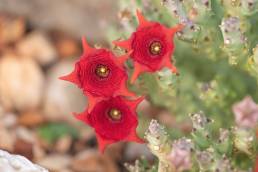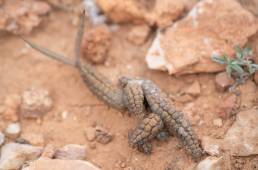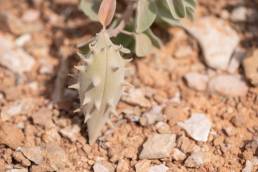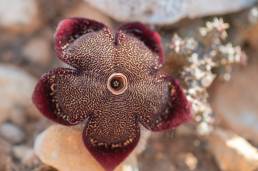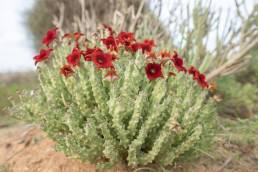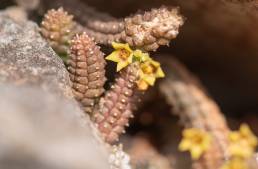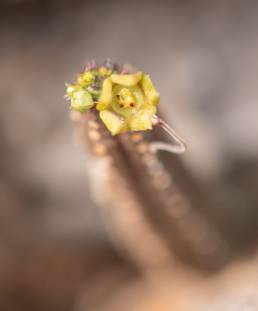26 Aug 2024
Rockcandy Minimouth (Microloma sagittatum)
Elevation: 772 meters.
Native range of rockcandy minimouth (Microloma sagittatum) is Cape Provinces.
23 Aug 2024
Wild Cotton (Gomphocarpus cancellatus)
Elevation: 449 meters.
Native range of wild cotton (Gomphocarpus cancellatus) is Cape Provinces, Namibia.
21 Aug 2024
Teat Aroena (Quaqua mammillaris)
Native range of teat aroena (Quaqua mammillaris) is Cape Provinces, Namibia.
21 Aug 2024
Dwarf Milkroof (Eustegia minuta)
Native range of Dwarf Milkroof (Eustegia minuta) is Cape Provinces.
21 Aug 2024
Rockcandy Minimouth (Microloma sagittatum)
Native range of rockcandy minimouth (Microloma sagittatum) is Cape Provinces.
18 Dec 2023
Monolluma socotrana
Monolluma socotrana can be found with flowers almost any time of the year on Socotra, but where to find one is the…
17 Dec 2023
Cynanchum revoilii
Cynanchum revoilii has a strange looking, but edible fruit. I've encountered many in bloom in the northwest this visit,…
17 Dec 2023
Persian Carpet Flower (Edithcolea grandis)
Persian Carpet Flower (Edithcolea grandis) is found sporadically on Socotra and even rarer in bloom! Sometimes it grows…
16 Dec 2023
Monolluma socotrana
Monolluma socotrana can be found with flowers almost any time of year on Socotra, but where to find one is the…
16 Dec 2023
Echidnopsis socotrana
Echidnopsis socotrana is the most common of the 5 Echidnopsis species found on Socotra, at least the one that when…
16 Dec 2023
Echidnopsis socotrana
Echidnopsis socotrana is the most common of the 5 Echidnopsis species found on Socotra, at least the one that when…





